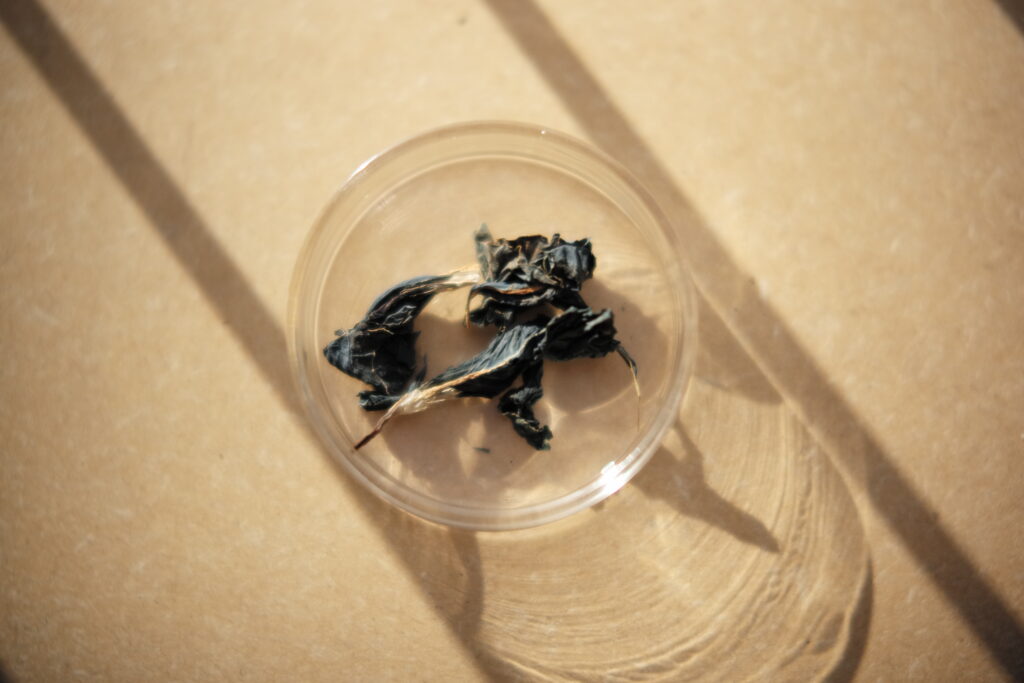
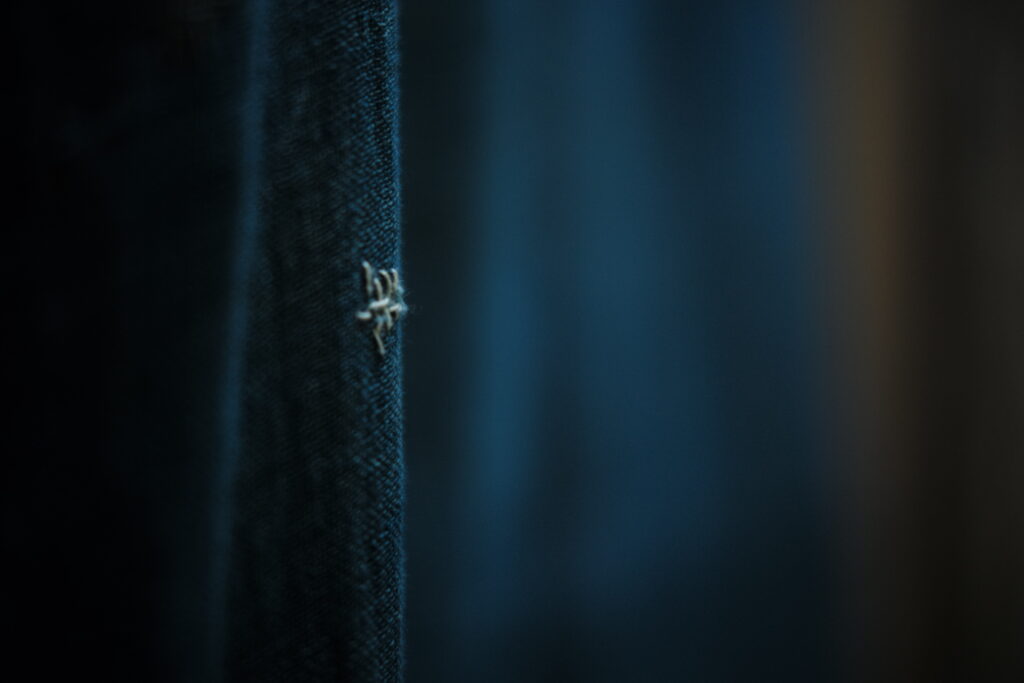
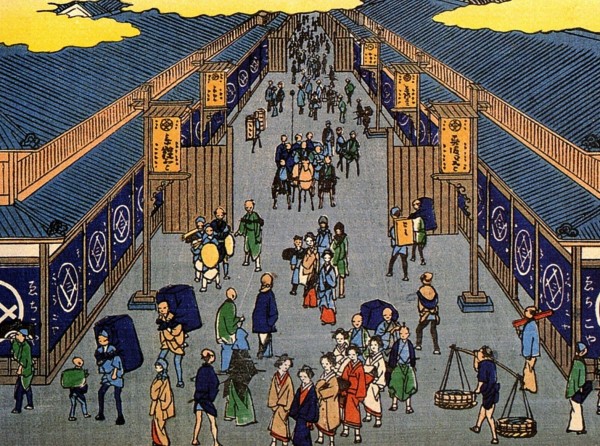
着る薬 / Wearing indigo dye clothes as medicine
世界最古の天然染料と言われる藍。現在は化学合成藍が主流ですが、天然藍には薬効性が認められ、医療の世界でも研究が盛んに行われています。蓼藍は、抗アトピーアレルギーや抗がんに期待されるトリプタンスリンが豊富に含有されることが確認されています。
Indigo is the most oldest natural pigment in the world. Currently, chemically synthesized indigo is the mainstream, but natural indigo has been recognized to have medicinal properties and is being actively researched in the medical world.
・抗酸化作用・・・ポリフェノール / フラボノイド
・粘膜治癒作用・・・インジゴ / インジルビン
・抗菌 / 抗アトピーアレルギー / 抗がん・・・トリプタンスリン
・免疫調整力・・・ケンペロール
・抗炎症/ 抗菌作用・・・トリプタンスリン/ケンペロール
・抗ウィルス作用・・・ケルセチン/グルクロニド
・Antioxidant effect…polyphenols/flavonoids
・Mucosal healing effect…Indigo/Indirubin
・Anti-bacterial / anti-atopic allergy / anti-cancer…triptanthrin
・Immune regulating power…Kaempferol
・Anti-inflammatory/antibacterial action…triptanthrin/kaempferol
・Antiviral effect…quercetin/glucuronide
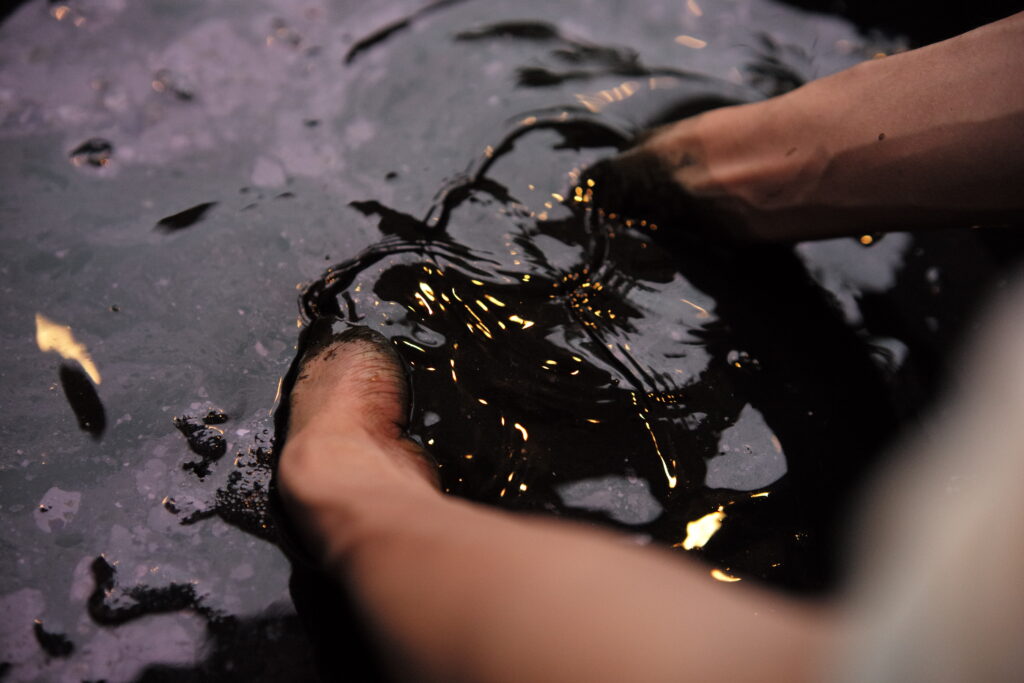
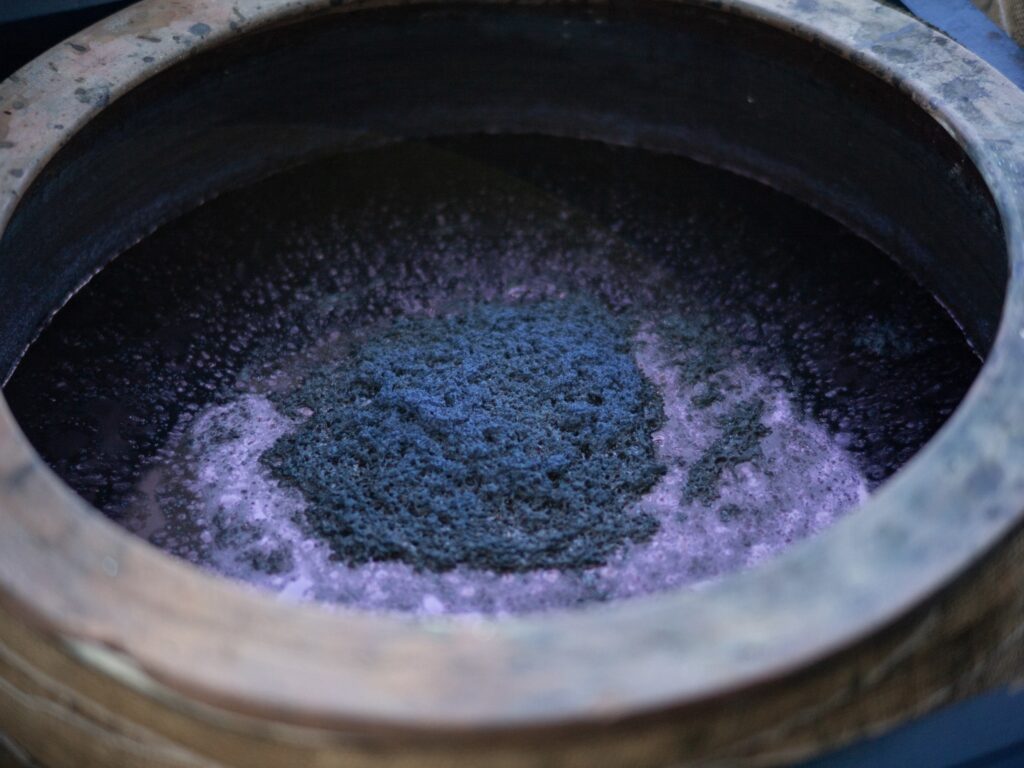
日本最大の藍の産地:徳島
The Birthplace of “Japan Blue”
この400年間、徳島は蒅(藍染の染料)の最大の生産地として知られています。藍染は800年以上前、徳島の吉野川流域で始まったといわれています。川の氾濫によって肥沃な土壌が流域に運ばれ、インディゴの栽培に最適な場所となり、吉野川は輸送経路としても大きな役割を得た。
徳島の藍産業は 18 世紀から 19 世紀にピークとなり、日本を訪れた英国の学者は、その豊かで深い色合いに感銘を受け、「ジャパンブルー」と呼びました。
The majority of Japanese indigo dye is produced today in Tokushima Jpan. Indigo dyeing began in Tokushima over 800 years ago in the Yoshino River basin. The flooding of the river would carry fertile soil to the basin, making it ideal for growing indigo. The river also allowed for the transportation of the finished product.
Tokushima’s indigo dye was especially popular in the 18th and 19th centuries and was used in many household items and clothing. A British scholar who visited Japan in the 19th century was impressed by the rich, deep hue and called it “Japan blue.”
